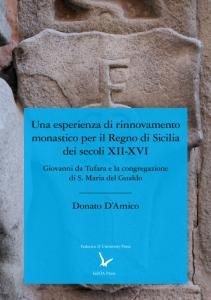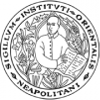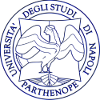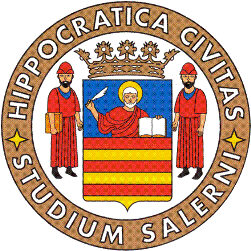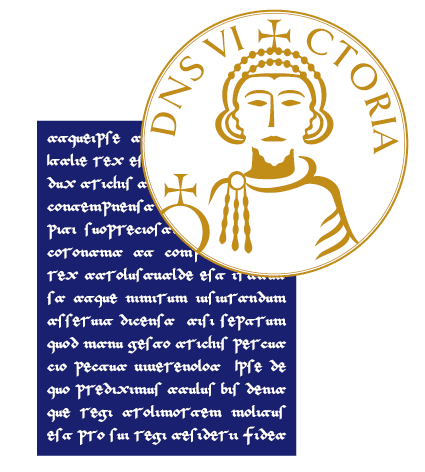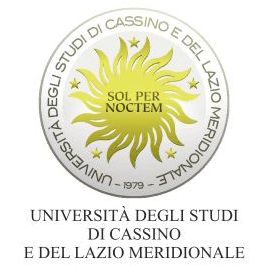Una esperienza di rinnovamento monastico nel Regno di Sicilia dei secoli XII-XV: Giovanni da Tufara e la congregazione di Santa Maria del Gualdo
Keywords:
Medioevo, Istituzioni ecclesiastiche, Monachesimo, Riforma, Rinnovamento monastico, Regno di Sicilia, Giovanni da Tufara, Congregazione del Gualdo/ secoli XII-XVSinossi
Editore: FedOA - Federico II University Press
Collana: Regna. Testi e studi su istituzioni, cultura e memoria del Mezzogiorno medievale
Pagine: 450
Lingua: Italiano
NBN: http://nbn.depositolegale.it/urn:nbn:it:unina-25842
Abstract: La storiografia degli ultimi decenni, sulla base dell’edizione di numerose fonti, ha provveduto a revisionare il tema della diffusione della riforma monastica nell’Italia Meridionale. A fronte del marginale influsso di movimenti più largamente affermatisi in Europa, si registra invece la nascita di una pluralità di esperienze alla ricerca di un modello autoctono di stampo eremitico e pastorale. Fra queste, a pieno titolo, va inscritta anche la congregazione di S. Maria del Gualdo. Attraverso l’analisi di un eterogeneo complesso di fonti superstiti questo lavoro si prefigge di ricostruire la genesi del carisma fondazionale e la storia della famiglia religiosa. Muovendo dalle diverse proposte agiografiche prodotte per il fondatore, Giovanni da Tufara, verranno sondate le dinamiche relative al processo di istituzionalizzazione. L’appoggio della Sede Apostolica faciliterà, intanto, l’equilibrio dei rapporti con i vescovi locali per l’organizzazione e l’espansione religiosa, mentre le autorità monarchiche e le aristocrazie locali contribuiranno alla stabilizzazione economica e patrimoniale, fino al tentativo di assurgere a signoria monastica. Il modello religioso proposto, oltre a rispondere alle esigenze di ideali propri della seconda rinascita dell’eremitismo, si struttura in un sensibile coinvolgimento nell’azione pastorale, contribuendo persino alla scomparsa del fenomeno delle chiese private. L’anelito da parte dei laici di partecipare al modello di vita monastica troverà espressione nella forma giuridica della oblazione di sé, nella prassi commemorativa, nella sepoltura presso il monastero, nonché nell’attività di ospizi legati alla rete monastica e disseminati lungo le vie di pellegrinaggio al santuario dell’Arcangelo. Per una serie di concause legate a fenomeni naturali (pestilenze, terremoti), a crisi interne di carattere religioso e infine al radicale mutamento del sistema economico di età aragonese la congregazione non riuscirà a rimodulare la propria organizzazione, avviandosi così verso il completo dissolvimento che sopraggiungerà all’inizio della modernità.
Downloads
